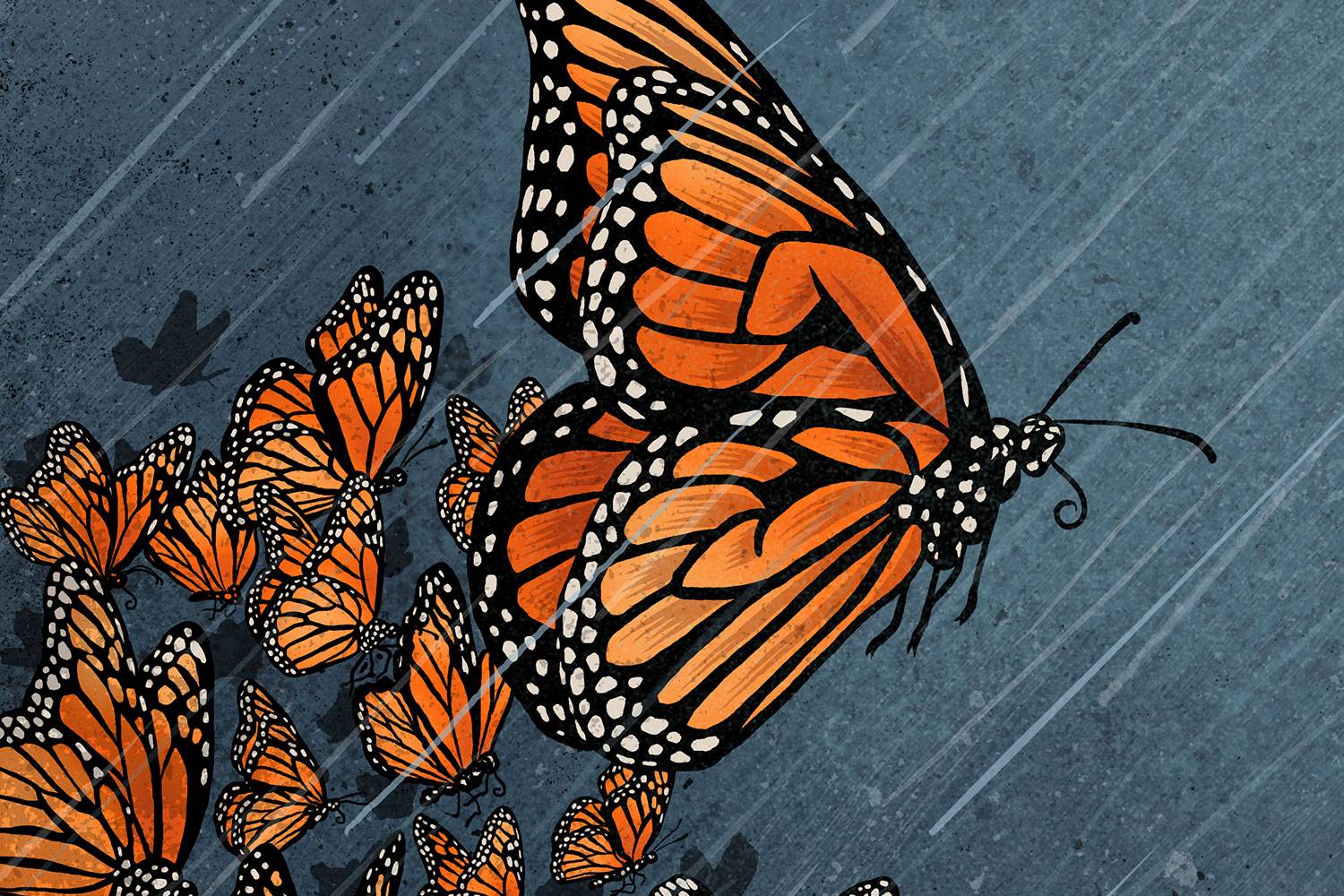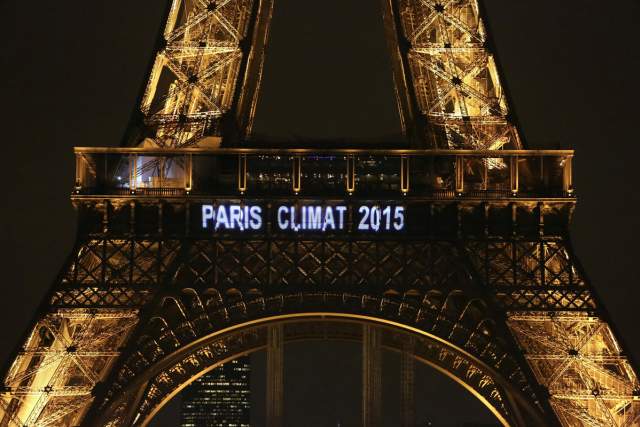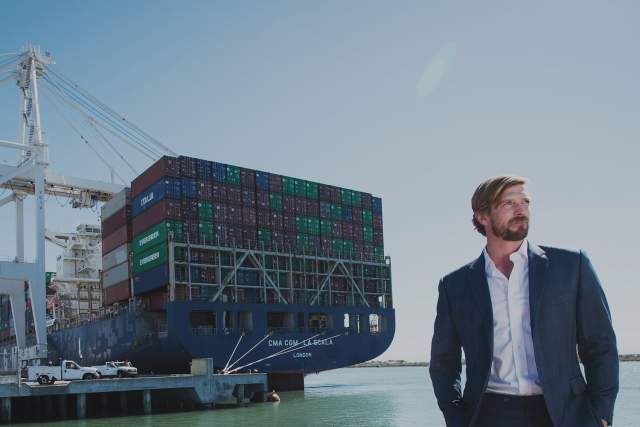When It Comes to Climate Change, We Need Monarch Leaders
The resourceful monarch butterfly provides an important lesson for today’s leaders, says former BlackRock executive John McKinley.

Humanity needs leaders like the monarch, who have the courage to radically transform their organizations and industries.
Intensifying floods, famines, poverty, conflict—that is our world 12 years from now unless we radically transform our global energy systems. Is radical transformation possible? Ask the monarch butterfly.
Considered a king among insects, the monarch morphs from an eight-legged caterpillar, consuming its weight in milkweed daily, to a bright green chrysalis hanging from a leaf, to a fiery orange and black butterfly with a four-inch wingspan in a mere 30 days.
Even more fascinating than its physical metamorphosis is the monarch’s 3,000-mile migration to and from Mexico. It’s a long-term journey that takes three to five generations to complete. National Geographic calls it “one of the greatest natural events on earth.”
Now humanity needs its own monarchs if we are to avert the catastrophic consequences of climate change forecast in the United Nation’s most recent landmark report—leaders with the courage to chart a flight path toward a sustainable future by radically transforming their organizations and industries.
I witnessed the magic of monarchs through my four-year-old daughter’s eyes this year while she discovered several taking shape in our backyard. As we watched the last take flight, it hit me. My daughter and subsequent generations will no doubt face far greater challenges related to rising sea levels, food shortages, and extreme weather events if we fail to take action to mitigate the risks and address the challenges head on today.
The challenges, while daunting, are not insurmountable. If we can keep global warming to 1.5°C, it’s within the laws of physics to avoid the worst climate impacts. But it will take rapid and unprecedented changes—including reducing human-generated CO2 emissions by 45 percent from 2010 levels by 2030—to achieve this target. Our monarchs will have to lead humankind’s transformative journey from growth to metamorphosis to migration in just 12 short years.
GROWTH
Just as the caterpillar has to consume enough milkweed to survive its chrysalis stage, monarch leaders will have to digest enough scientific information to overcome the stubborn bias towards inaction (or worse, denial) that clouds short-term investment horizons and flourishes in polarized political environments. As a member of BlackRock’s sustainable investing team, I helped launch more than 20 investment products during a four-year period. In the process, we learned that products were necessary but not sufficient: more than products, investors needed information. For example, before they could decide between divesting from fossil fuels or investing in green bonds, they needed a deeper understanding of the issues. By publishing more research and developing dynamic tools that enabled investors to see their exposure to climate risks at a portfolio level, we were able to accelerate understanding and uptake.
METAMORPHOSIS
In its chrysalis the caterpillar becomes a butterfly. In our 12-year chrysalis the global economy’s monarch leaders will have to drive experimentation, innovation, and big ideas across every industry—particularly those that generate the greatest share of greenhouse gas (GHG) emissions. In some places this process is already underway. For example, 100 fossil fuel companies generate 70 percent of GHG emissions. Some of these companies are investing R&D dollars into renewable energy sources to ensure their survival in a low-carbon economy; others are not. Transformation is possible when it is prioritized and resourced, even among the most carbon-intensive companies. Short-term there will be winners and losers; long-term there will be only winners.
MIGRATION
Implementation—translating climate-aware ideas into transformative new technologies, policies, and disruptive business models—is our migratory journey. Like the monarch’s it will be a long-term incremental process often spanning generations. The quest for nuclear fusion is one example. Today, enormous investments are being made by individuals (including Bill Gates and Michael Bloomberg) as well as governments (the EU, the U.S., China, Russia, and Canada among them) to develop reactors with the goal of producing emissions-free energy.
In our 12-year chrysalis the global economy’s monarch leaders will have to drive experimentation, innovation, and big ideas across every industry—particularly those that generate the greatest share of greenhouse gas (GHG) emissions.
The $24 billion International Thermonuclear Experimental Reactor (ITER) in France is among the most developed of these experiments; but by its own estimate, the soonest it will be able to power even a couple million homes is 2050. Many of today’s fusion-reactor investors, including ITERs, are seeking to set a new path, aware that it’s unlikely they’ll benefit themselves, but anchored by the promise of providing a more sustainable future for generations to come.
The time is now to develop and support this new kind of leader. Without the leadership to address today’s challenges, our tomorrows will fall short. Even the resourceful monarch butterfly is at risk with some facing a 72 percent chance of extinction within 20 years. The future is taking shape within us. It’s time for the monarch leaders to take flight—individually and collectively—mobilizing more people and organizations to transform.

